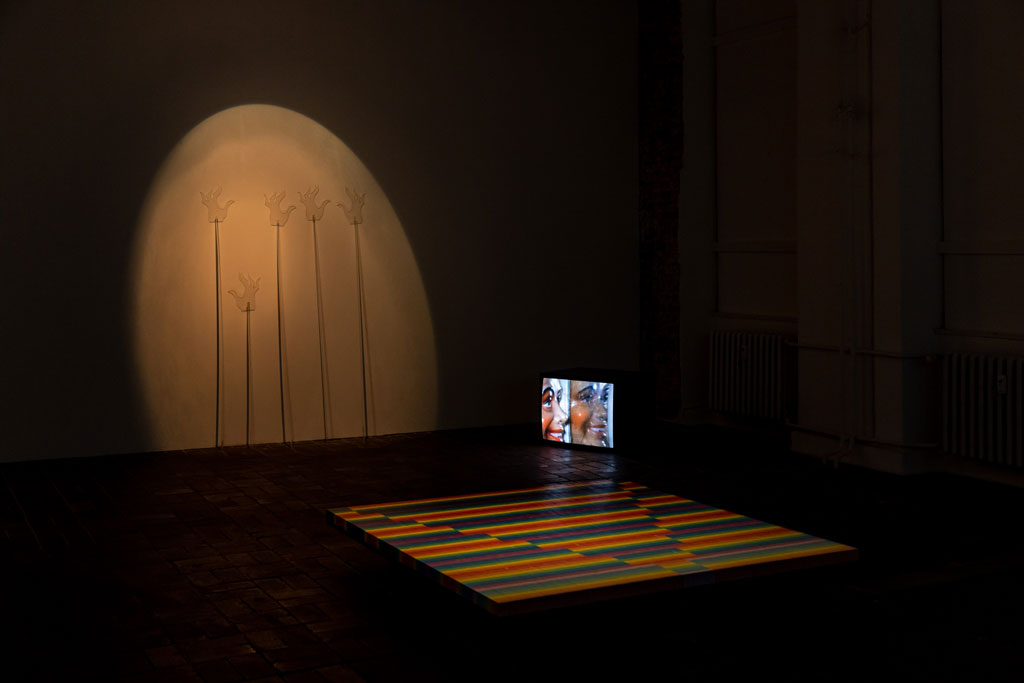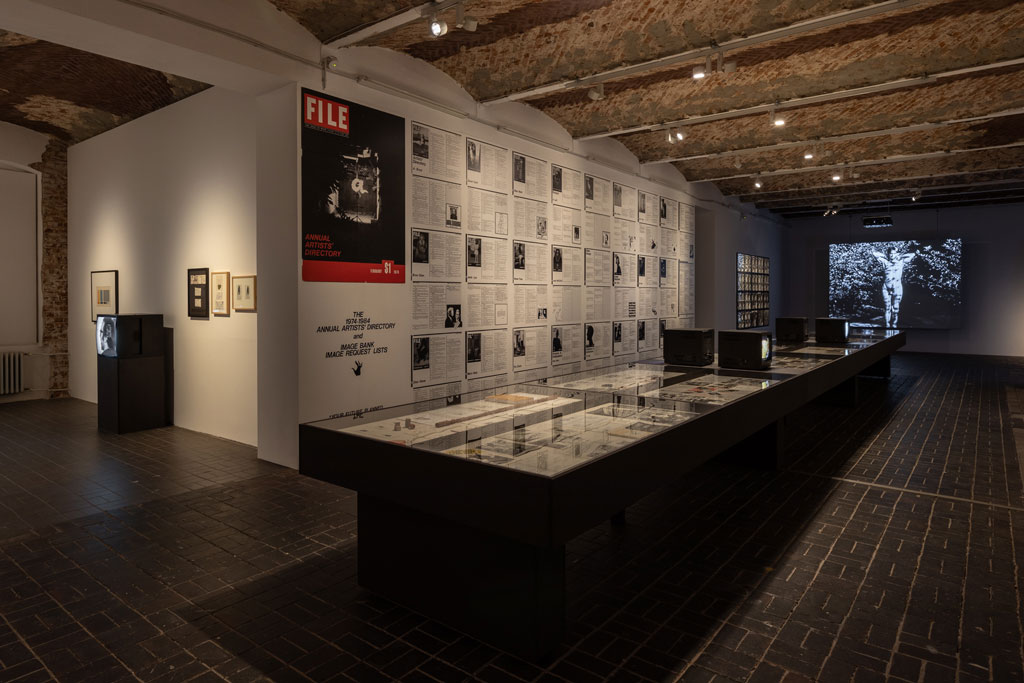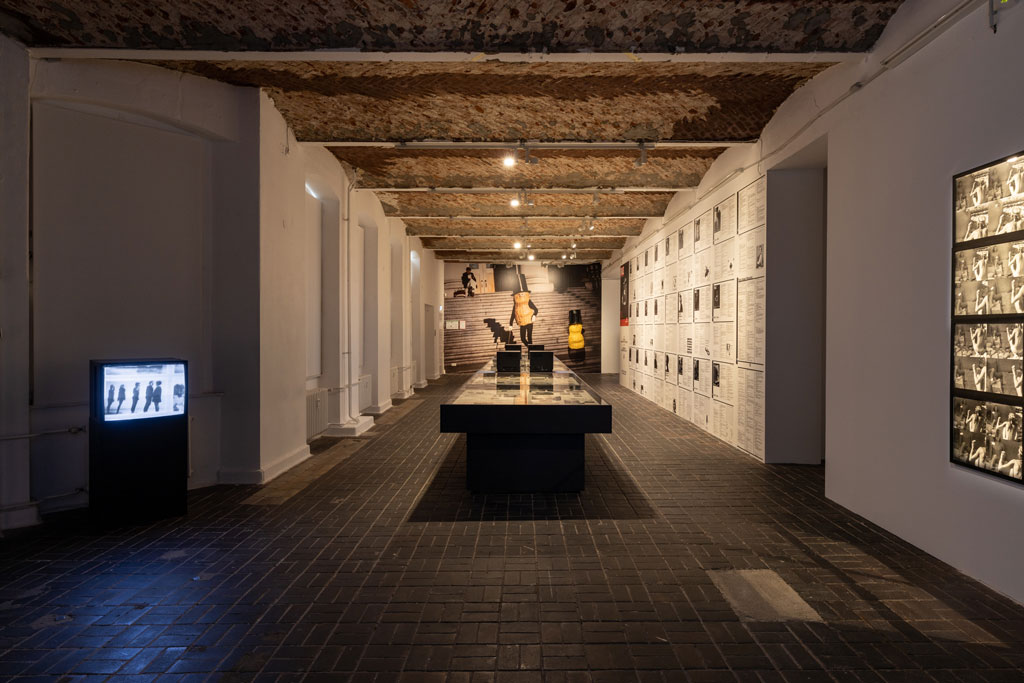ART CITIES:BERLIN-Image Bank
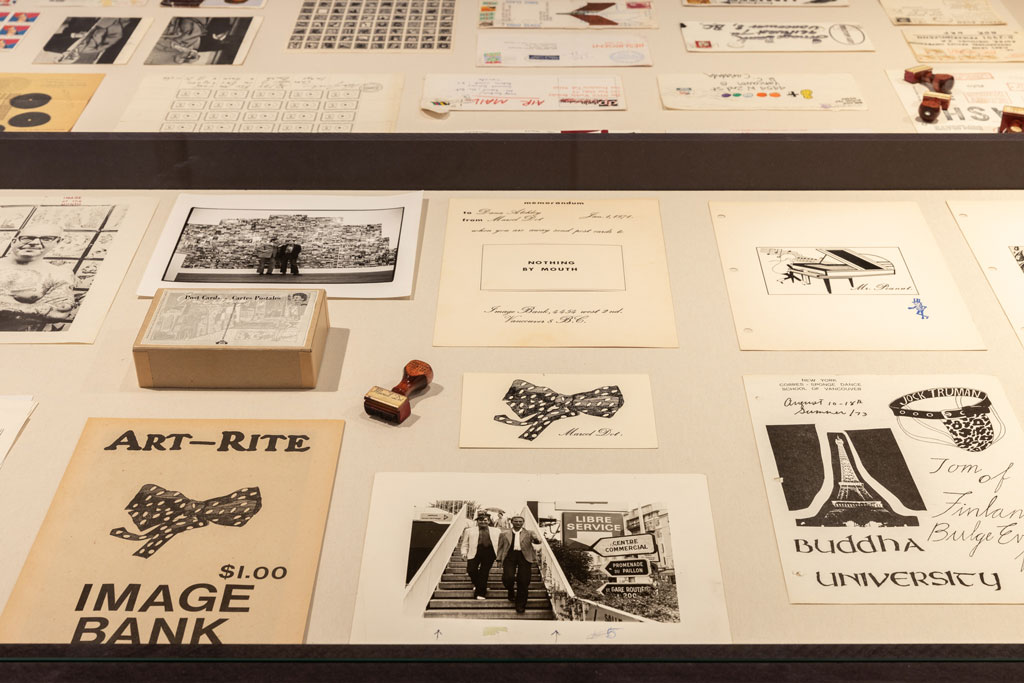 Founded in 1970 by Michael Morris, Vincent Trasov and Gary Lee-Nova, Image Bank helped facilitate the exchange of ideas, images and information between artists through the use of the postal system. Image Bank sent out regular mailings, soliciting artists’ image requests, addresses, and research information. In close collaboration with other artists, they continued this practice throughout the 1970s, building up a collection of more than 10,000 items of ephemera consisting of correspondence, postcards, stationery, notes, collages, and concepts.
Founded in 1970 by Michael Morris, Vincent Trasov and Gary Lee-Nova, Image Bank helped facilitate the exchange of ideas, images and information between artists through the use of the postal system. Image Bank sent out regular mailings, soliciting artists’ image requests, addresses, and research information. In close collaboration with other artists, they continued this practice throughout the 1970s, building up a collection of more than 10,000 items of ephemera consisting of correspondence, postcards, stationery, notes, collages, and concepts.
By Dimitris Lempesis
Photo: KW Institute for Contemporary Art Archive
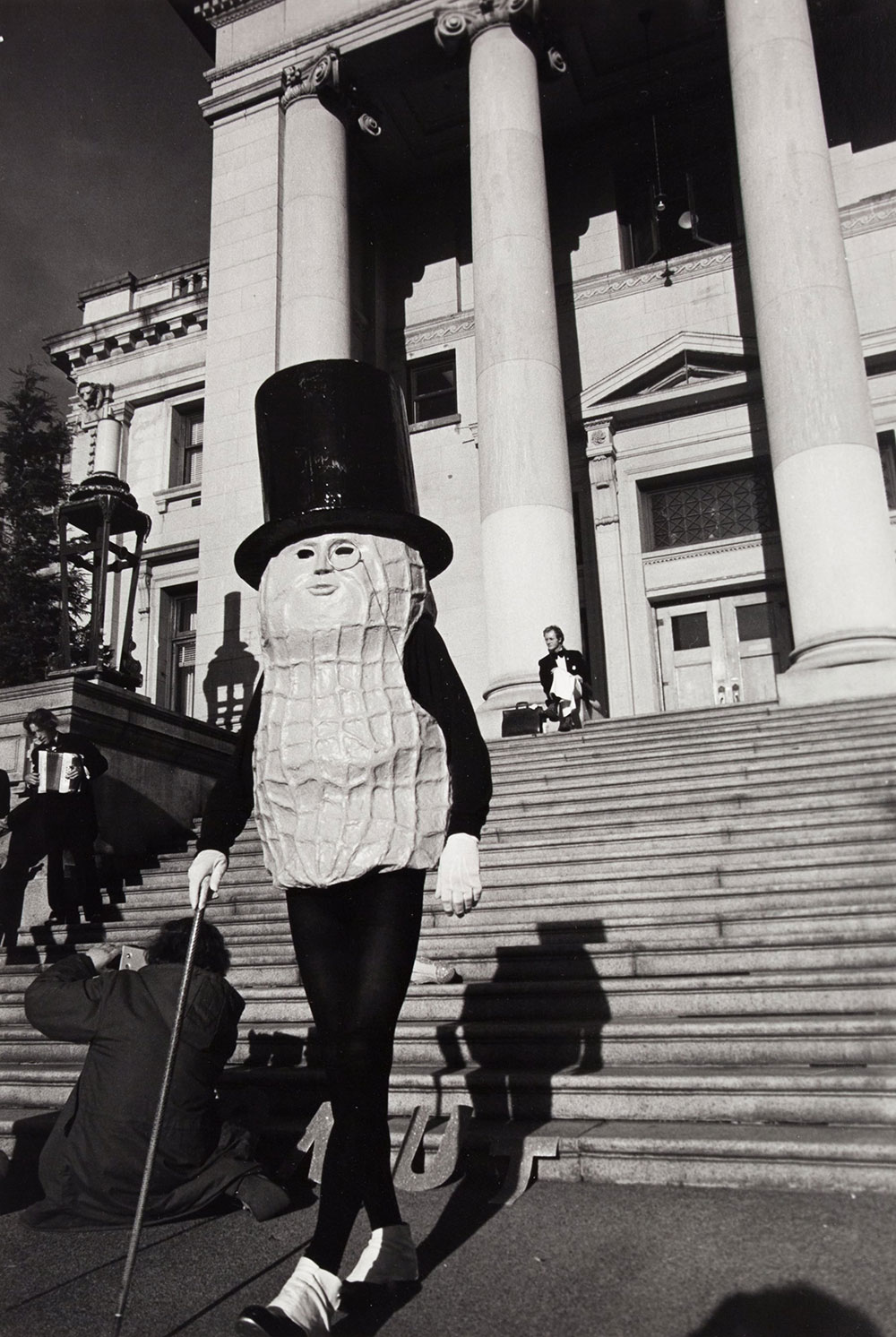
Derived from William S. Burrough’s novel “Nova Express” (1964), the name Image Bank refers to a mode of disruption or a “mirror displacement” of a dominant ideology, which enables unlikely juxtapositions to create new meanings, similar to Burroughs “cut-ups”, and cites a shared mythology or collective creative consciousness. While its main mode of operation constituted an international exchange of images and correspondence by mail, Image Bank can be characterized as a fleeting body of various modes of production that drew from an ever-growing international network of artists who interacted through performance, political campaigns, festivals, mail, and many other activities. Besides Morris, Trasov, and Lee-Nova (who left the group in 1972), artists frequently taking part in the group’s initiatives included Dana Atchley, Anna Banana, Robert Cumming, Dick Higgins, Geoffrey Hendricks, Glenn Lewis, Eric Metcalfe, Kate Craig, Willoughby Sharp, General Idea, and Ant Farm. Image Bank maintained close ties with Ray Johnson’s New York Correspondence School as well as with Robert Filliou and his concept of the Eternal Network, who both worked on similar practices involving networks that emerged from a moment of collaborative production and fundamentally questioned the boundary between art and life. The exhibition “Image Bank “ marks the most comprehensive institutional survey of the work of Image Bank to date. It presents hundreds of files of ephemera from the Morris/Trasov Archive, including correspondence, postcards, stationery, notes, collages, and concept drafts as well as photography, videos, and props. Arranged in sections, the archival materials are presented in a large vitrine, giving an overview of the collective’s most important mailings and image requests. These encompass postcard exhibitions, the Annual Report, correspondence with Ray Johnson and Robert Filliou and related stationary, stamps, and envelopes. Image Bank started its mail-outs in 1970 with an appropriated offset image of a bathing suit model sitting on an inflatable swan, stamped as “Image of the Month”. This was accompanied by a list of artists, their addresses, and image requests. Initiating a system of sending and receiving, subsequent mailings provided a thematic framework such as “1984”, a call for images of a future world taken over by totalitarianism –or “A Cultural Ecology Project” which asked for so called “Piss Pics”. While such activities placed absolute value to the ephemeral moment, the existence of the archive reveals a significant paradox in the work of Image Bank: the diligent archiving, filing, and cataloguing transported their projects into the future even as they, as with “1984” invoked the future into the present. Image Bank’s interest in the archive is connected to its interest in ritual and fetish as affirming the mythological and libidinous power of a culture obsessed with images and celebrating a continuity of mythic tropes within mass culture. In this framework, camp and masquerade were implemented as aesthetic strategies offering a way out of normative modes of image production and visual representation. Lists and directories were pivotal to the structural workings of Image Bank, whose interest in banks and corporate as well as bureaucratic identity predated institutional critique by several years. The Annual Artists’ Directory, consisting of more than 1000 names and addresses of artists involved in Image Bank, was published in two issues of General Idea’s FILE Megazine and as a stand-alone book in 1972 . The directory, in large part reproduced as wallpaper for the exhibition at KW, works as a strong visual emblem of the collective’s objective to create new social forms and a new economy of creation, operating outside the dominant modes of market distribution and the museum’s cultural gatekeepers. The network and networking formed a central axis of Image Bank’s radically distributive practice, anticipating topics relevant today such as tagging, collective authorship, and user-generated content. Image Bank’s use of frequently changing, gender-crossing aliases (a nod to Marcel Duchamp’s rendering of identity as fluid and circumstantial) and the collective’s reworking of images and texts from mainstream media suggests a queering of popular imagery and a questioning of individualist authorship and autonomy: Eric Metcalfe and Kate Craig were alternately known as Dr. and Lady Brute; Michael Morris performed and corresponded as Marcel Dot, Forget Maoist by Chairman Dot, Forget Dadaist by Marcel Idea; and Vincent Trasov as Mr. Peanut and Marquis d’Arachide. Gathered in its own section of the exhibition, the research Image Bank undertook as “Color Bar Research” emerged from a painterly practice transposed from the canvas onto the world. In 1972, Morris and Trasov bought a 6.25-hectare property with cabin, creek, forest, clearing, and kiln, which was referred to as “Babyland”. The location served both as an idyllic getaway for visiting artists and as a set to photograph props, naked people, and small pieces of wood, painted in all the colors of the spectrum (the “color bars”) or alternating “color dots”. The resulting photographs, videos, and performances were explorations of depth of field, perception and psychedelics, essentially removing painting and sculpture of their autonomy and turning them into props for extended performances. “Light-On” (1972), a black-and-white projection presenting naked people in Babyland “drawing” on each other by directing light onto each other’s bodies via mirrors, is a play on the intersection of painting, drawing, nature, and the natural human body. Accompanied by a score from Canadian electronic composer Martin Bartlett, the three-channel projection by Michael Morris in the back room is strong visual testimony to the colorful, experimental project, which lasted for about four years. In 1974, Vincent Trasov campaigned as Mr. Peanut for Mayor in Vancouver’s municipal election. “Peanut” a highly generic and cheap snack, was yet another Duchampian abbreviation for: “Performance – Elegance – Art – Nonsense – Uniqueness – Talent” William S. Burroughs endorsed the candidacy in a public speech, stating in almost dadaistic fashion that “the inexorable logic of reality has created nothing but insoluble problems” and therefore demands an illogical candidate, Mr. Peanut. The peanut column presented at the beginning of the exhibition presents the prop as a recurring trope for Image Bank: Mr. Peanut appears throughout the exhibition not only as a synonym for politics infused by art and humor but also as frequent guest in Babyland’s psychedelic experiments, bathing for example with naked Granada Gazelle.
Info: KW Institute for Contemporary Art, Auguststraße 69, Berlin, Duration: 22/6-1/9/19, Days & Hours: Mon & Wed-Sun 11:00-19:00, thu 11:00-21:00, www.kw-berlin.de
